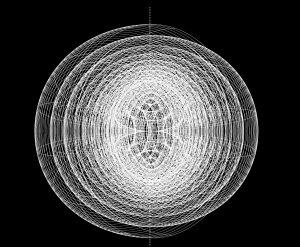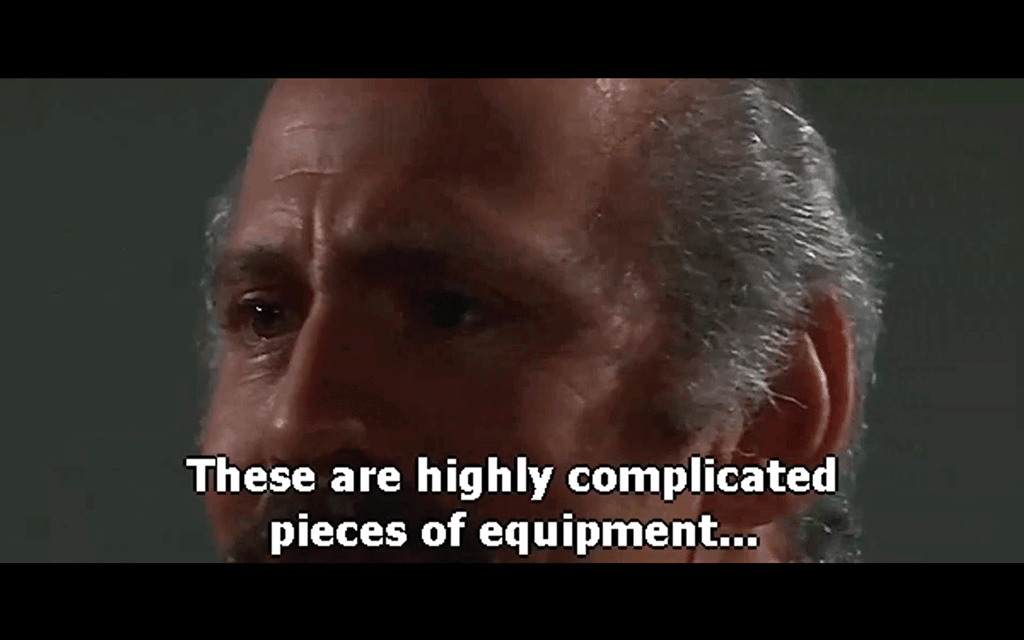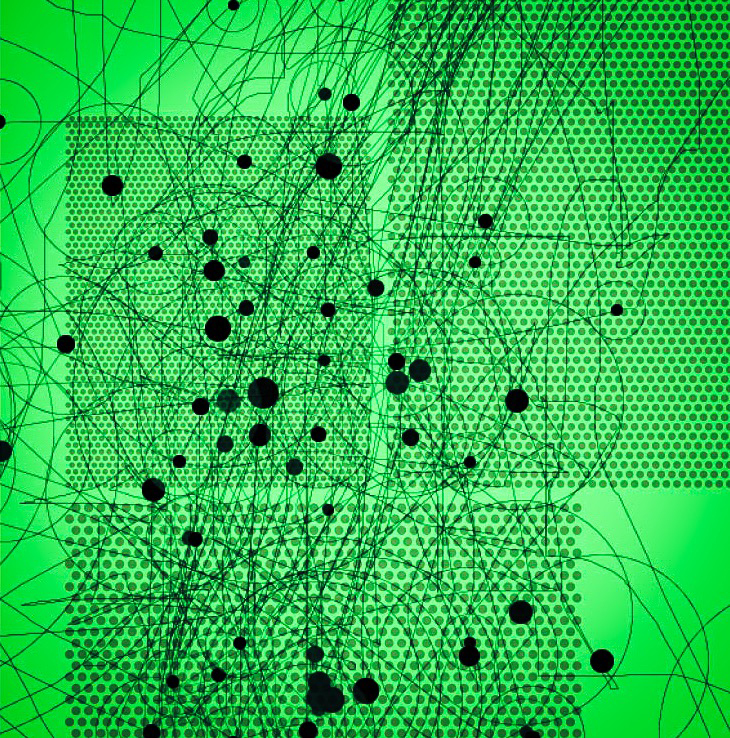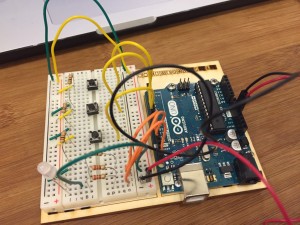Living with physical pain can serve as a form of meditation, an exercise that provides a profound understanding of how and why we process emotions both physically and mentally. Within my contemplations, a recurring question arises: What is the true purpose and significance of pain in our lives, beyond its role in alerting us to potential harm? Suddenly, I found myself delving into Minsky’s concept of pain.
Every day, I endure excruciating pain. Its presence multiplies and intensifies, coursing through my right shoulder, halting as if it were a nail embedded in my elbow, and extending all the way to my perpetually numb hand. The day begins with the rising sun, as I leave the curtains wide open to evade any mechanical alarms. However, it is the pain in my lumbar back that rouses me at five o’clock in the morning. Occasionally, my knees, neck, and right leg silently trouble me. I find myself engaged in a clandestine affair with my pain.

In my quest to comprehend the emulation of Minsky’s emotion machine, I am developing my own process of observing and understanding emotional experiences.
The model responds as a rule-based reaction machine, with a single sensor acting as a subtle body, conveying expressions through color and light behavior. Despite its abstraction, these materials imbue the artifact with a deliberately nonverbal language, allowing it to communicate its inner world to the audience.
The decision to exclude verbal language from the equation is based on the explanation by Psychologist Dr. Albert Mehrabian, who states that “93% of all daily communication is nonverbal.” According to Mehrabian, three elements contribute to our liking of someone who expresses their feelings: words account for 7%, tone of voice accounts for 38%, and body language accounts for 55% of the likability. These three components must be congruent to achieve effective and meaningful communication about emotions. In cases of incongruence, the recipient of the message may be disturbed by the contradiction.
Emotions are lower-level responses originating in the amygdala, leading to biochemical reactions in our bodies that alter our physical states. I am intrigued by representing the visual aspects of these expressions, utilizing our bodies to reveal our inner world in such a profound and simultaneous manner that dissecting it as a mechanical process becomes challenging. Throughout the testing phase, the machine’s reactions manifested the fluctuations in the environmental conditions.
The machine prototype was developed at The Fat Cat Fab Lab and showcased for public interaction. Some individuals were informed about how the artifact operates, while others were not provided any guidance.
The audience was diverse, with people being drawn to and intrigued by the machine’s expressions. The most common reaction was inquiries about the meaning behind the codifying language. Some individuals projected themselves as human emotional machines.
Certain people inquired about how the device was feeling, seeking empathy. Another prevalent reaction was speculation on whether the machine could guess or reflect its own emotions.
The next step entails creating a new machine, a fraternal twin, to compare data and further delve into observational research.

The second prototype needs a shift from a rule-based reaction machine to a machine based on the critic-selector model. This implies that the upcoming device should possess the ability to recognize different types of situations (critics) and activate corresponding thought processes (selectors).
To consider my preliminary hypothesis, I reflect on how I handle situations with high or low energy levels in real life. When I feel energetic, critical thoughts emerge in my mind. Evaluating these critical thoughts leads to different outcomes depending on the specific situation. For instance, if I find myself in a setting with more than two people, my initial critical thought centers around controlling my behavior. This includes regulating my energy level during conversations to avoid being rejected due to incessant talk. Similarly, I may need to control my body language to avoid disturbing others with my energetic waves. Subtler situations arise from the energy that emanates from the body itself, which cannot be concealed and is undoubtedly perceived by others, regardless of one’s attempt to hide it.
In both cases, whether I feel highly energetic or low, the other person subtly perceives, processes, and reacts to my body language. This realm of nonverbal communication is evident and engrosses me. From my perspective, all senses become heightened, making me feel more vulnerable and sensitive to internal and external stimuli than when calm. Conversely, the other person often resorts to verbal or physical expressions to control the interaction with me, acting as verbal or sensory regulators. You may have encountered phrases like “you’re so intense” or “you’re very absorbing” as attempts to manage this invisible exchange of energetic messages.
The next step will pose greater challenges as it involves defining more complex functions of conditional rules and triggers. Additionally, it requires the implementation of more than two sensors in the equation.
Thank you for taking the time to read my thoughts. You can follow the live progress of the project on Instagram at @hybridspiritualsystems
![]()










